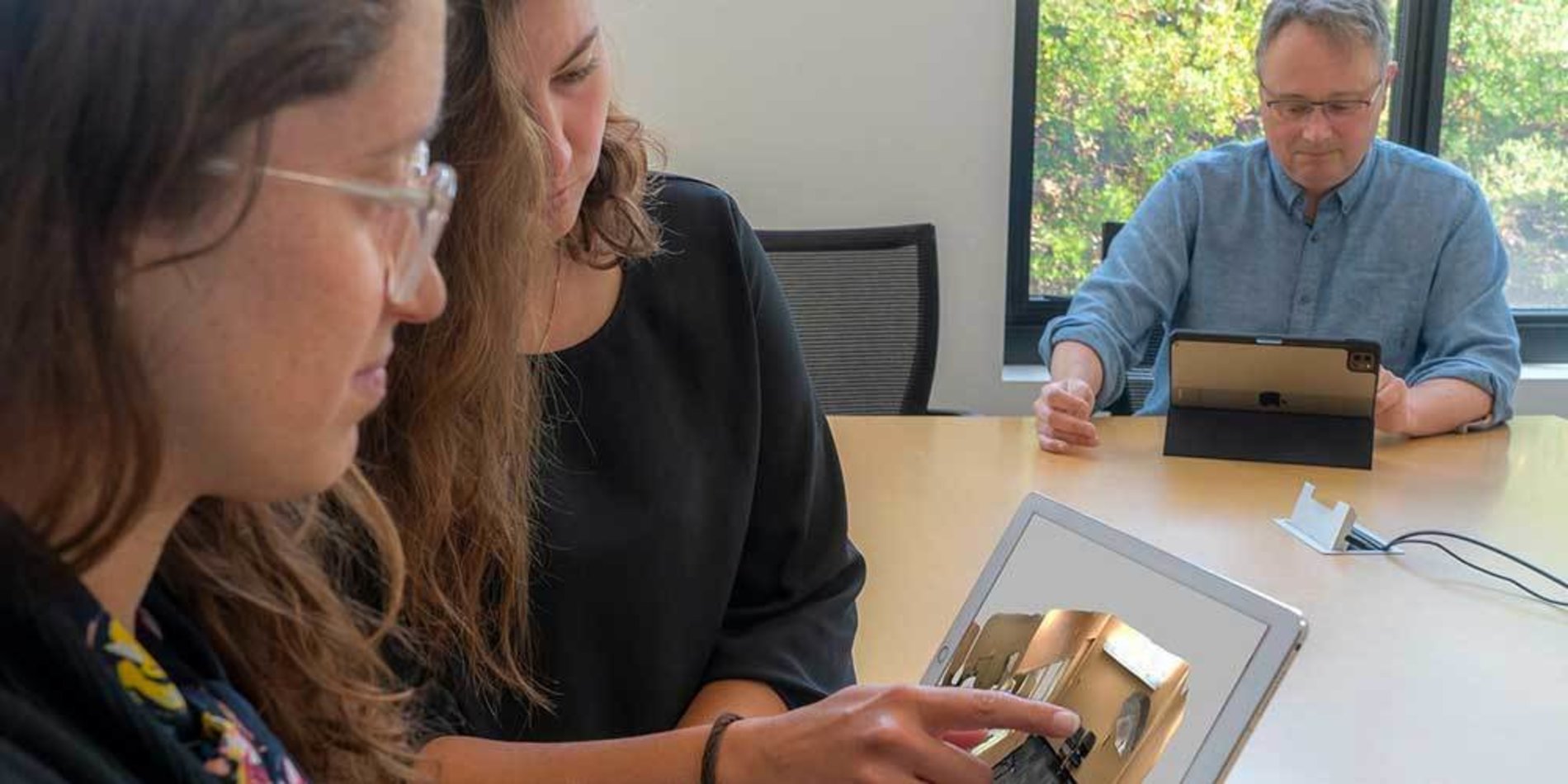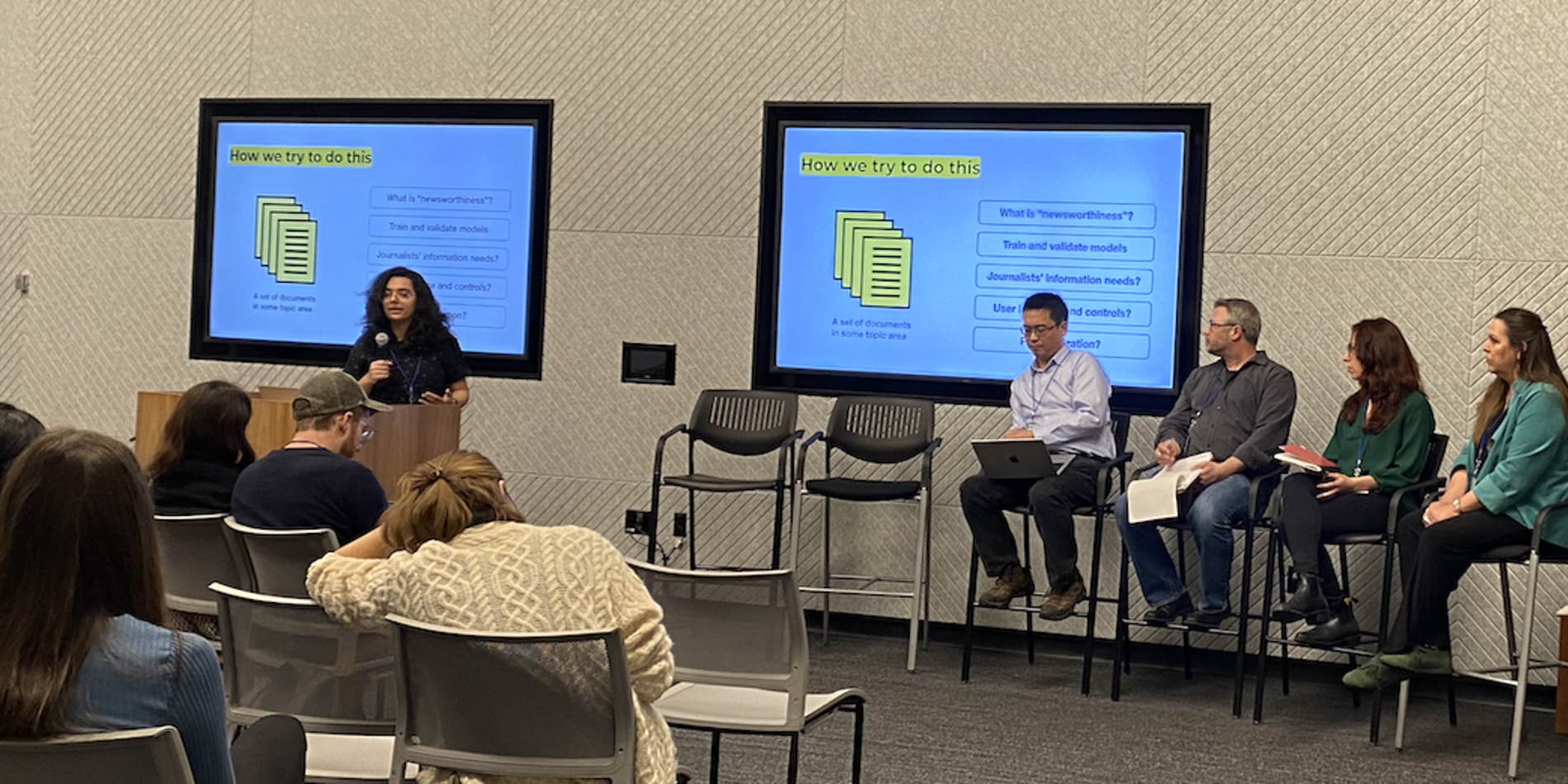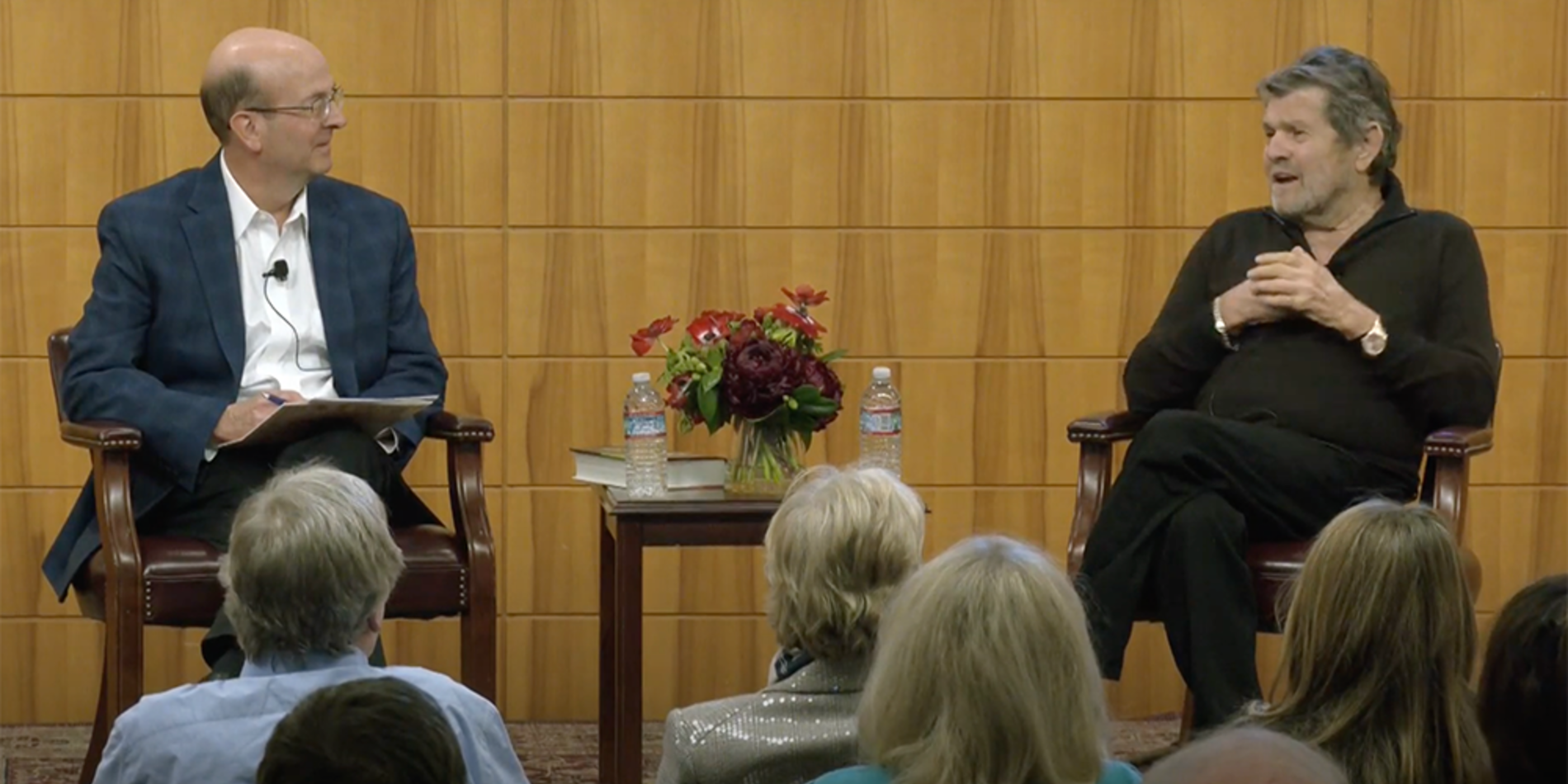Stanford journalism students tell stories using 360-degree video
Stanford journalism students are using cutting-edge, 360-degree video cameras and production software to tell stories in an immersive story form.
On June 14, students Anna Yelizarova and Naomi Cornman, published a special 360-degree video series called “Immersive Bay,” on the Stanford Journalism Program’s multimedia news website, Peninsula Press. The series takes viewers inside Stanford University students’ and alumni’s sports and hobbies.
The five immersive videos were shot using a special six-GoPro camera rig and were produced using Kolor stitching software, Adobe Premiere and Final Cut Pro X. Yelizarova and Cornman produced this immersive series as part of Lorry I. Lokey Visiting Professor Geri Migielicz’s advanced digital media production course (COMM 276) in the spring quarter.
“Graduate students in Stanford’s Communication Department have invested a tremendous amount of creativity, thought and effort in helping to define 360-degree video journalism,” Migielicz said. “It is fitting that Stanford students in the graduate journalism program courses are pioneers in this exciting and nascent medium.”

The Stanford Journalism Program is actively experimenting with new storytelling tools for public affairs journalism, including 360-degree video and virtual reality technologies. In Winter 2015, Migielicz and Carlos Kelly McClatchy Visiting Lecturer Janine Zacharia co-taught an experimental seminar (COMM 291) that explored immersive storytelling. In Spring 2016, some journalism students used 360 video in master’s projects to explore topics that ranged from homelessness to coastal erosion. In 2017, Migielicz will be teaching a new course, “Virtual Reality Journalism in the Public Interest.”

Stanford’s experimentation with using emerging tools and platforms for storytelling goes back as far as the university’s beginning 125 years ago, when print publications first launched on campus. More recently in the 1990s during the early days of the web, Stanford students were pioneers in creating news content for online audiences.
In 1992, Stanford News Service reported how Stanford Daily staffers of the time were using Apple computers and software to create a digital version of the paper. At the time, an electronic newspaper with text, sound and moving graphics was still a relatively new concept.
“The most exciting aspect of the project is that the technology is so new,” June Cohen, then Daily news projects editor and now distinguished alumna (BA 1992, Political Science) at Vrse and Audible, had said at the time. “No one knows just what can be done with it yet. And there’s a good chance people will be watching us to see where we take it.”
The same could be said in 2016 of virtual reality and 360 video.
“The use of VR in public affairs reporting is a nascent field, and our faculty and students are engaged in experiments about what types of accountability stories can be told effectively through immersive environments,” said Jay Hamilton, Hearst Professor of Communication, Stanford Journalism Program Director and co-founder of the Stanford Computational Journalism Lab.
Journalism faculty and students are also tapping the expertise of Stanford’s Virtual Human Interaction Lab, a worldwide leader in researching what social issues arise from the use of immersive VR and how VR can be applied to things like conservation, empathy and communication systems. The lab, led by Stanford Professor Jeremy Bailenson, recently premiered two VR exhibits at the Tribeca Film Festival that explored ocean acidification.


